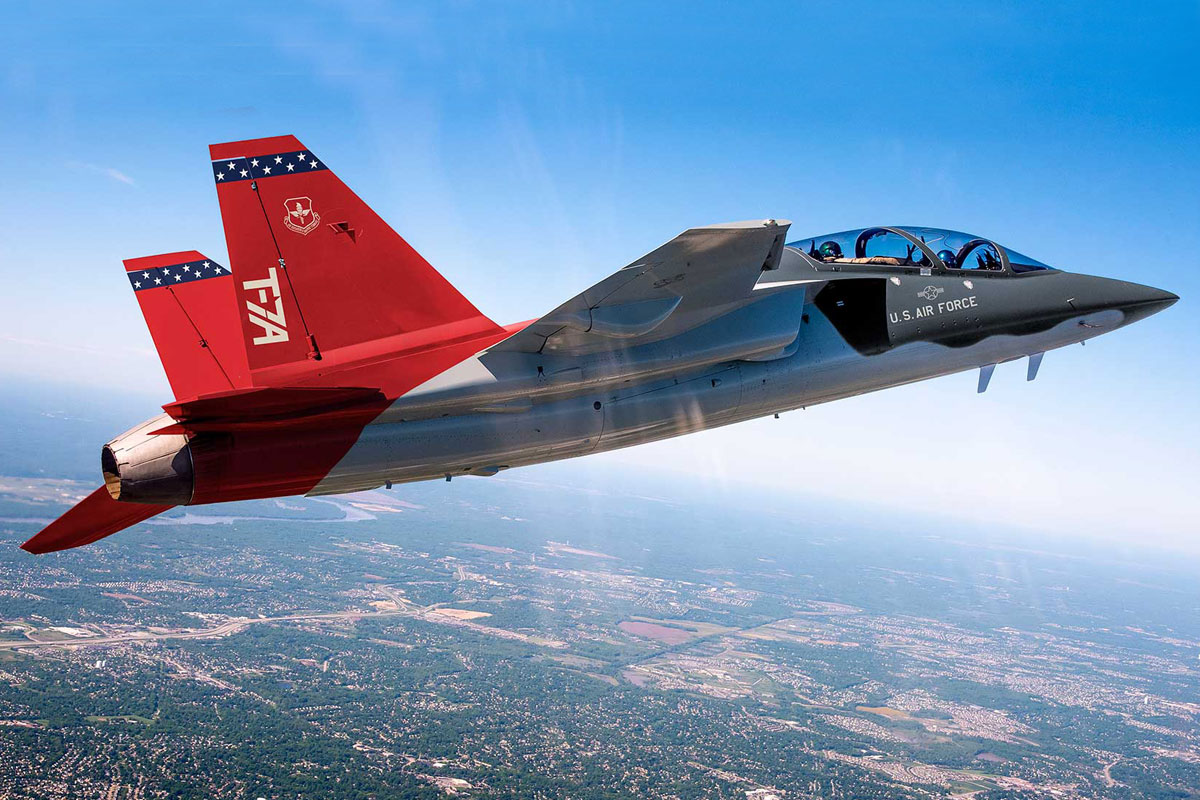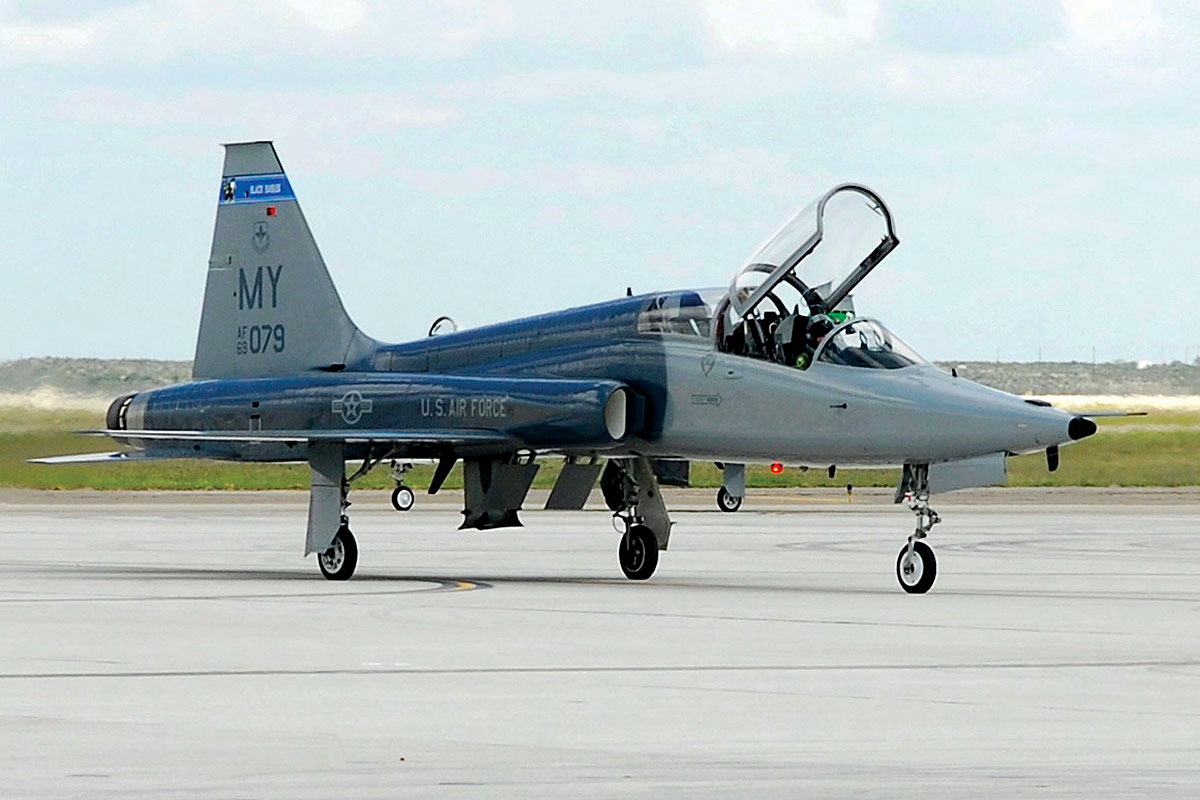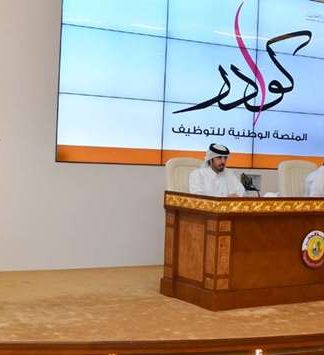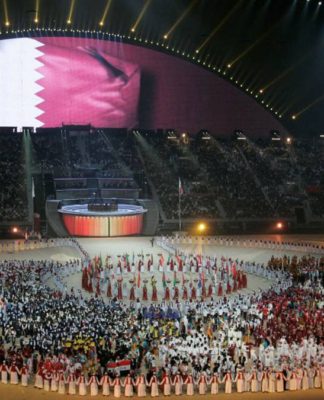Boeing starts eT-7A Red Hawk training jet production
Aircraft developed jointly with Saab to replace veteran T-38 Talon in the U.S. Air Force
Boeing announced on Tuesday the start of production of the new US Air Force training jet, the eT-7A Red Hawk. The single-engine aircraft was fully developed using 3D resources, which allowed the project to take just three years between the start and the first flight.
Produced by Boeing in partnership with Saab, the Red Hawk won a $9.2 billion bid in 2018 for 351 aircraft in addition to 46 flight simulators. The first units, as well as their equipment, will begin to be delivered to San Antonio-Randoph Air Force Base in Texas in 2023.
“The future of air dominance lies in the ability to move quickly, take smart risks and partner in new ways to get the job done,” said Shelley Lavender, Boeing senior vice president of Strike, Surveillance and Mobility. “By creating aircraft and systems along a digital thread, we can accelerate build times and increase quality and affordability for our customers in a way that has never been done before.”
“This is a historic moment for the program and industry,” said Chuck Dabundo, Boeing vice president of T-7 Programs. “The build process leverages full-size determinant assembly, which allows technicians to build the aircraft with minimal tooling and drilling during the assembly process. The digital process accounts for a 75% increase in first-time quality.”
The USAF will replace the veteran T-38 Talon, a precursor to the F-5 Tiger II fighter, manufactured by Northrop (now Northrop Grumman). The eT-7A uses a GE F404 turbofan, which is more powerful than the two J58s used by the Talon. It has dual stabilizers and avionics architecture that brings it closer to new fighters like the F-35.
Rumors suggest that Boeing and Saab may launch a Red Hawk light fighter variant to be offered to nations with less air defense resources.
































